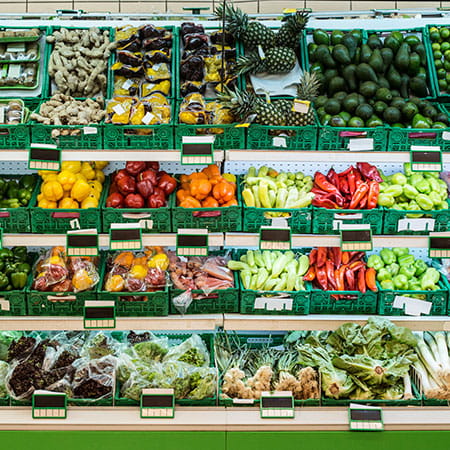Trendwatch: analysing the food sector
M&A activity in the UK’s food sector has been brisk over the past year, particularly in the mid-market, as companies scrambled to cater for new and changing consumer tastes. Vicky Meek analyses the industry, including a section on the effects of Brexit

Yet, despite its scale the industry appears to be bucking the global trend across other sectors of ever-larger M&A deals. In 2019 to the end of November, there were 160 deals involving UK food businesses, valued at a total of $5bn. It’s a 37% decrease in value over the same period compared to 2018, but there has been a 19% increase in volume, according to Refinitiv data.
The market in 2019 also contrasts sharply with activity a few years ago when food megadeals were all the rage. In the first 11 months of 2015, there were 110 deals worth a total of $163.5bn. Transactions included China’s Bright Food’s £1.2bn acquisition of Weetabix and Nomad’s £1.9bn purchase of frozen food giant Iglo.
The figures for 2019 clearly show a move towards smaller, more mid-market deals among food groups as the industry attempted to capture shifting consumer tastes. These included an increased focus on healthier, more convenient foods, snacking and – the current megatrend – meatless products.